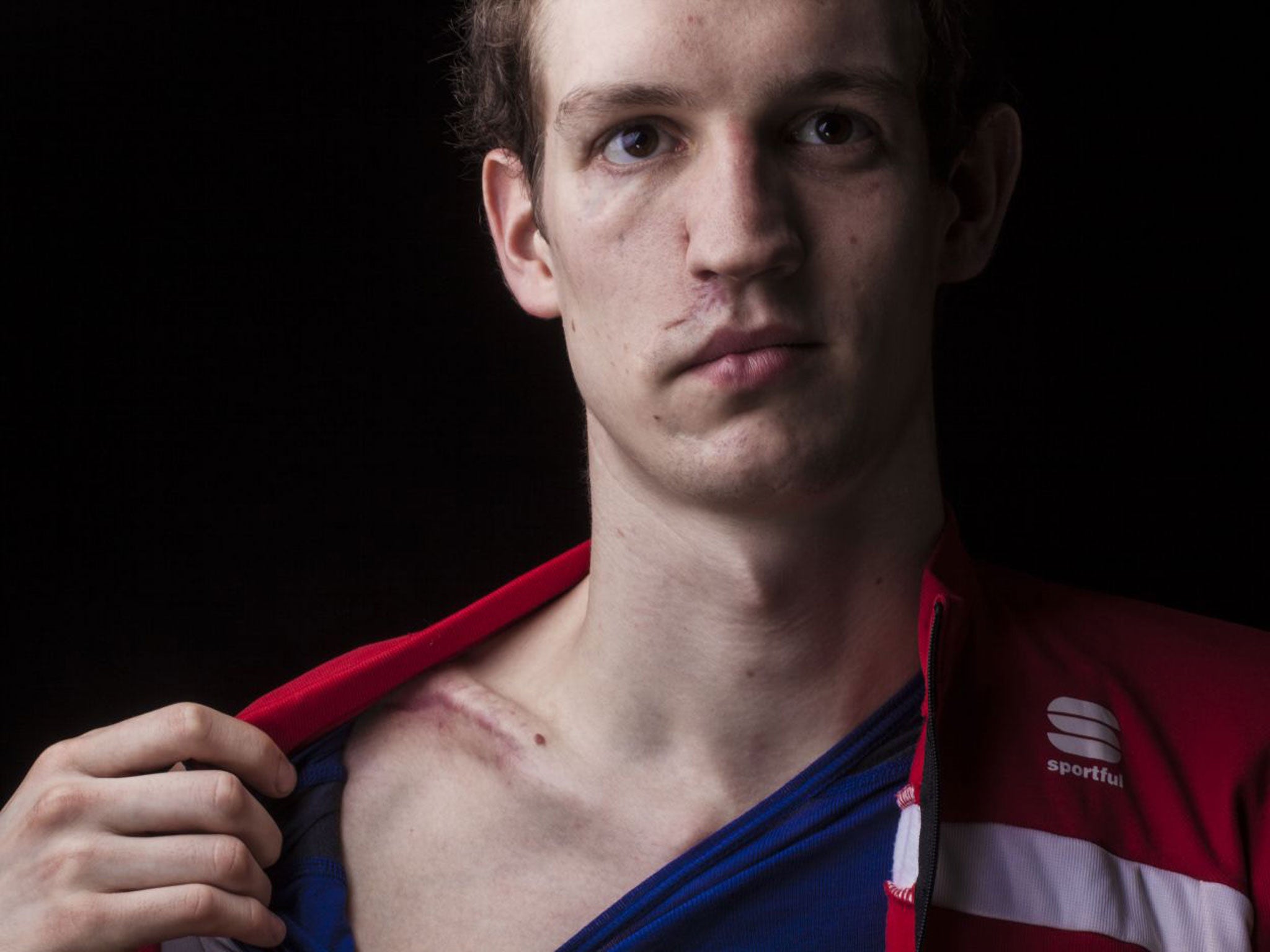Neil Grayshon's new book Cycling Shouldn't Hurt reveals gruesome images of injured London cyclists
Neil Grayshon's book may not coax many people on to their bikes. But its aim is to highlight the need for more equitable road space. Jamie Merrill talks to those with the scars to prove it

How do you talk about the painful bruises, smashed bones and battered limbs of London's injured cyclists without making journeying around the capital on two wheels seem like a far deadlier proposition than it really is?
That's the challenge facing a new book called Cycling Shouldn't Hurt (grayshon.co). Set to be released this summer, it is the brainchild of Neil Grayshon, an east London publisher and cyclist. But for him, it's just as much a campaign project as it is a commercial book deal.
The aim, he says, is to bring together 50 portraits and "extreme" close-ups of battered cyclists and their injuries, using the "potency of the photography" to show "the human scale and reality of what happens when London's almost criminal infrastructure lets cyclists down".
His charge, and that of many cyclist campaigners, is that media coverage of cycling safety, and, in particular, a spate of cycling deaths in the capital last year, focuses on statistics and lurid headlines, rather than the human stories of suffering. Paradoxically, though, he says, the project isn't intended to put people off cycling. Far from it. Instead, it will include a now-familiar call for more space for cyclists and segregated cycle ways, to keep vulnerable riders and traffic apart.
Grayshon hopes the project, which is continuing its search for subjects at this weekend's Spin London cycling exhibition (spinldn.com), will act as a "shocking call to arms" and that the powerful portraits by photographer Fiona Garden will force policy-makers to confront the reality of cycling on the crowded streets of London.
With his own personal injury history reading like a casualty ward admission chart (a broken elbow, cracked ribs and steel pins on his gums), Grayshon knows that reality all too well. This is why, he says, the campaign won't shy away from showing the gory reality in extreme close-up.
There couldn't be a better time for Cycling Shouldn't Hurt to point out that riders aren't just negative statistics, because just yesterday the latest Office of National Statistics showed the number of people travelling to work in the capital by bicycle soaring by 144 per cent between 2001 and 2011 (the figure is equally encouraging for other major cities, but nationally sits stubbornly at just 2.8 per cent).
The worry, though, is that despite the increase in participation, the number of cyclists killed or seriously injured (KSIs) per billion miles cycled is creeping back up again, after 30 years of falling statistics. Admittedly the print run of Grayshon's book is small at under 1,000 copies, but he hopes it will take cycling safety "beyond statistics" to show that injured cyclists are "vulnerable road users with stories to tell".
To that end there won't be a traditional book launch. Instead the title will be debuted with a mass participation protest ride to deliver copies to London Mayor Boris Johnson and the leaders of London's local authorities. In the future, Grayshon also hopes to expand it beyond the capital with supporters providing their own photographs. "I want it to have a life beyond the book," he says.
One of the stories that has been professionally photographed belongs to structural engineer Will Linton, 25. A dedicated Lycra-wearing road warrior, he was knocked off his bike by a driver opening a car door on him. The result was a broken collar bone, weeks of pain and numerous operations to put it right and reduce the discolouration and scarring.
"Cycling in London is safe, I've just been unlucky," says Linton, who had no qualms about sitting for such a personal portrait. "There is a risk that the graphic nature of my injuries could put people off, but that's not the point. I got back on my bike as soon as I could, and thankfully now the scars are fading."
Join our commenting forum
Join thought-provoking conversations, follow other Independent readers and see their replies
Comments
Bookmark popover
Removed from bookmarks